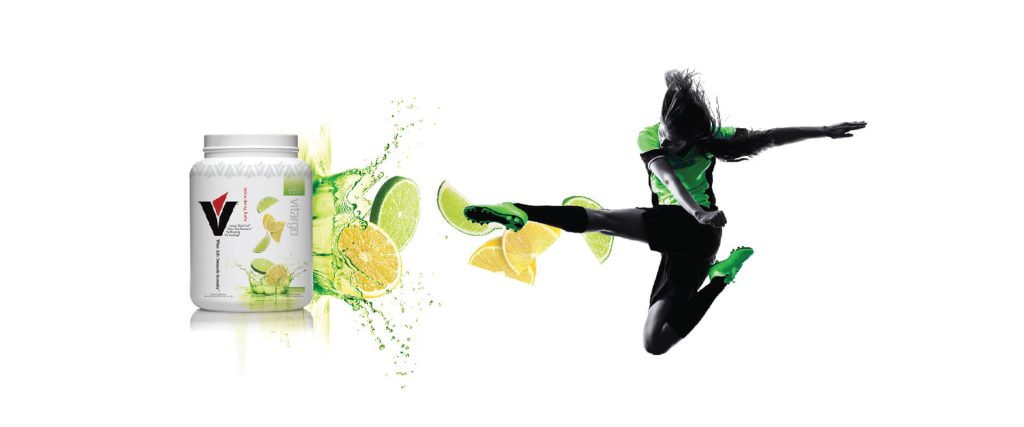Vitargo Teams Up With USA Weightlifting
18 June, 2018
Blog
Put your carbs to work for you
By: Dr. Sue Kleiner

The question isn’t whether or not to eat carbohydrate. If you exercise to enhance performance, you probably know you need carbohydrate in your diet to achieve that goal. The question I am most commonly asked is what, when and how to eat carbohydrate. I answer by saying “put your carbs to work for you”
Carbohydrates fuel physical action and mental function. The greater the intensity of your movement the more carbohydrate is required. Sitting at the desk, watching a movie, walking your dog, household chores, all use a tiny bit of carbohydrate, but not much.
Plant foods are the sources of carbohydrate in our diet, but not only carbohydrate. Plant foods are also rich sources of micronutrient vitamins and minerals, macronutrients protein and fat, as well as prebiotic fibers, phytochemicals, food factors and other compounds that play strong roles in health promotion and disease prevention. We can separate carbohydrate-rich plant foods into those that contain a high volume of water like lettuce, kale, celery, peppers, broccoli, watermelon, citrus fruits, berries, and so on, and those that contain more starch such as potatoes, yams, cereals, grains, beans and peas. All of these foods are the healthiest sources of carbohydrate and offer a variety of important nutritional factors.
When you want to promote a healthier diet and lower your calorie intake at the same time, an easy place to cut calories is by eliminating added sugars and highly processed foods. These are carbohydrate sources, but they offer nothing more than energy. There is no convincing data that cutting out all carbohydrate sources enhances health in an average person. In fact, the greatest body of data indicates the opposite: worldwide, people who eat a diet abundant in vegetables and fruits live longer healthier lives compared to those who don’t include much plant food in their diet.
When you are close to your goal weight, your margin of energy need to energy deficit to promote weight loss is quite small. In order to make the most of the nutritional benefits of plant foods, and the need to fuel exercise with carbohydrate, I recommend that you spread your high water volume foods throughout meals and snacks, and put your starch to work for you around exercise to fuel high intensity training. Then those pre-exercise carbs are used during training and post-exercise carbs used for muscle glycogen recovery. No calories are left over to slow your sculpting goals.
That’s the beauty of Vitargo. If you could eat a yam and have it available as fuel within an hour that would be great. But the fact is that it’s still in your stomach an hour later. Vitargo, a pure starch, begins to empty from your stomach within 10 minutes and travels to your bloodstream by the time you’ve warmed up and you are ready to hit your hard training. Then post-training Vitargo will go to refueling your muscle glycogen stores so you can train again just as hard the same day, or the next day.
You will see amazing body sculpting, and keep a healthy diet at the same time. Fully fuel your training and still feel empty enough to train hard. Put your carbs to work for you. You will feel, and see the difference!
Keep going strong!
Dr. Sue
featured blogs



